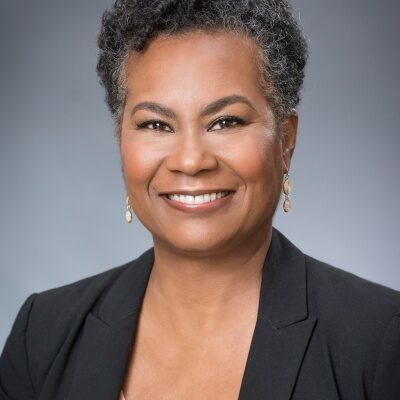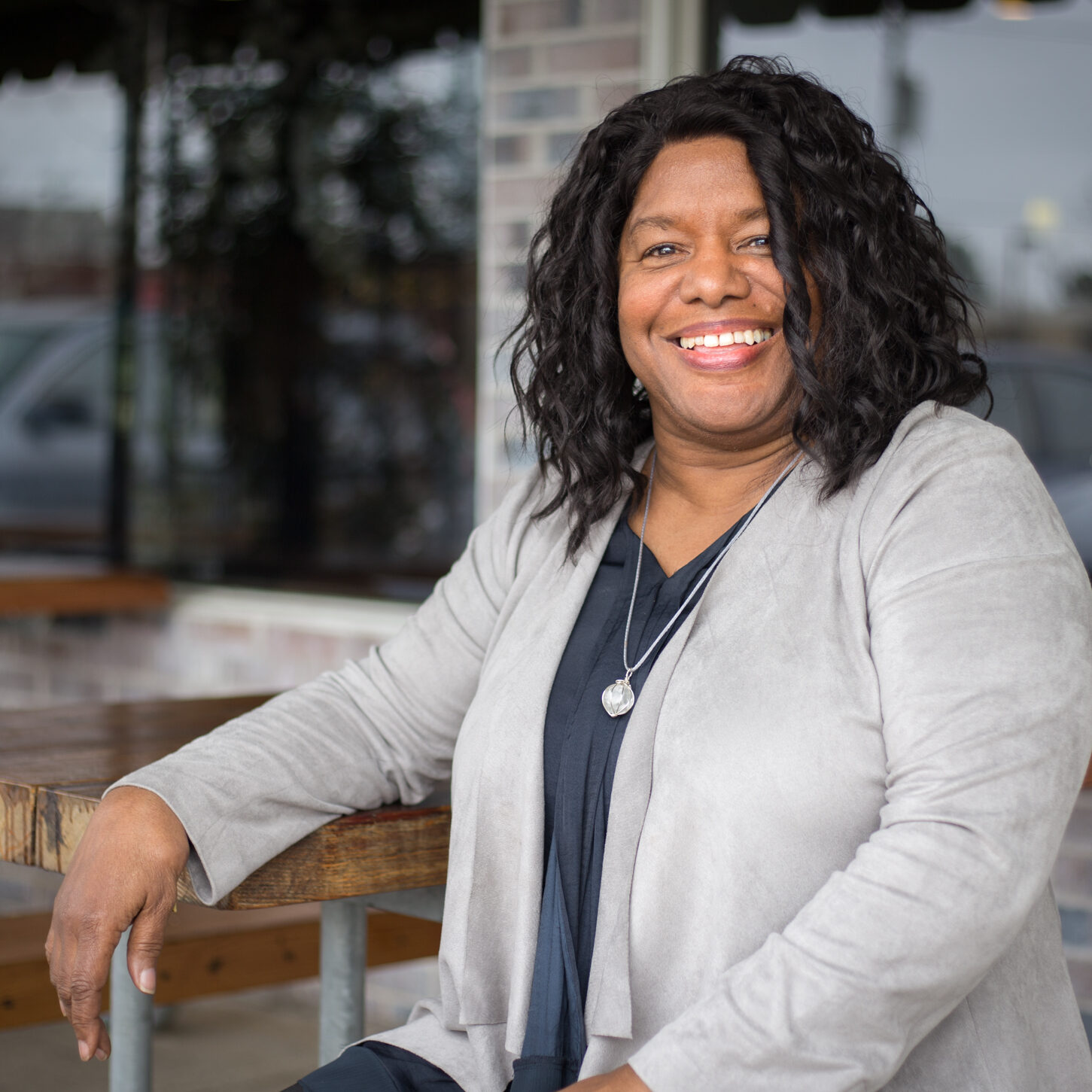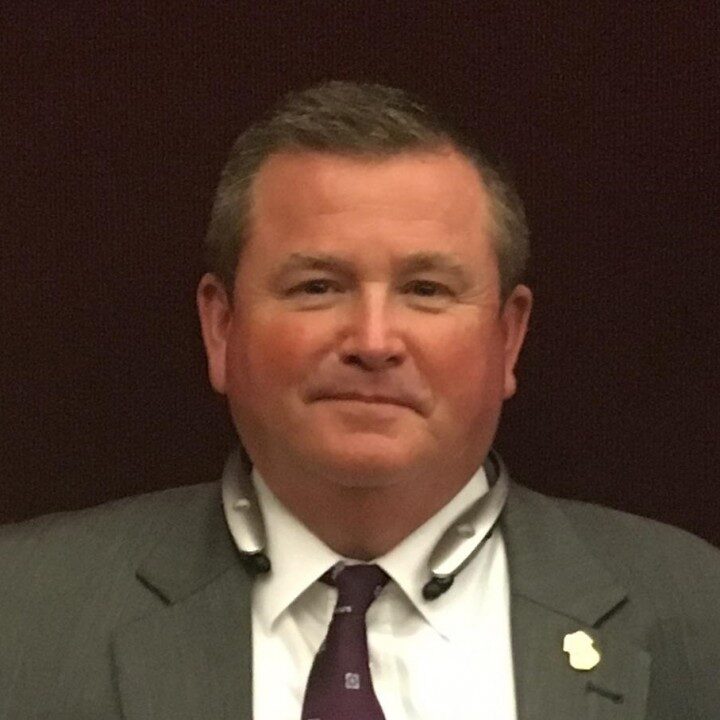2019 Jan 31
Task Force on Healthy North Carolina 2030 Meeting
Location NCIOM
630 Davis Dr., Suite 100, Morrisville, NC 27560

The Healthy North Carolina 2030 project brings together experts and leaders from multiple fields to inform the development of a common set of public health indicators and targets for the state over the next decade. These indicators will serve as the population health improvement plan for the North Carolina Division of Public Health. With a focus on health equity and the overall drivers of health outcomes (health behaviors, clinical care, social and economic factors, and the physical environment), these indicators and targets will help drive state and local-level activities, provide a springboard for collaboration and innovation, and develop a new vision for public health in our state to improve the health and well-being of all people of North Carolina. This project is in collaboration with the North Carolina Division of Public Health and is supported by the Duke Endowment, Kate B. Reynolds Charitable Trust, and the Blue Cross and Blue Shield of North Carolina Foundation.
Back to Task ForcesTask Force Co-Chairs

Ronny Bell, PhD, MEd, MS
Professor and Chair of the Department of Public Health and Associate Director of the Center for Health Disparities
East Carolina University

Jack F.A.V Cecil, MIM
President
Biltmore Farms, LLC

Laura Gerald, MD, MPH
President
Kate B. Reynolds Charitable Trust

Elizabeth “Betsey” Cuervo Tilson, MD, MPH
State Health Director and the Chief Medical Officer
North Carolina Department of Health and Human Services
Health Behavior
Work Group
Co-Leads

Susan Kansagra, MD, MBA
Section Chief, Chronic Disease and Injury Section
North Carolina Department of Public Health

Carrie Rosario, DrPH, MPH, CHES
Professor, Department of Public Health Education
University of North Carolina - Greensboro
Clinical Care
Work Group
Co-Leads

Randy Jordan, JD, MPA
Chief Executive Officer
NC Association of Free and Charitable Clinics

Kia Williams, MD, MSPH
Associate Medical Director
Blue Cross Blue Shield North Carolina
Social and Economic Factors
Work Group
Co-leads

Wanda Boone, PhD
Executive Director
Together for Resilient Youth (TRY)

Donnie Varnell
Investigator
Dare County Sheriff's Office
Physical Environment
Work Group
Co-leads

Myron Floyd, PhD
Professor and Department Head, Parks Recreation, and Tourism Management
North Carolina State University

Larry Michael, MPH
Chief of the Environmental Health Section
North Carolina Division of Public Health
Project Director

Project Director and Research Associate
North Carolina Institute of Medicine
The goal of the Healthy North Carolina 2030 project is to improve the health of North Carolinians by facilitating the development of the North Carolina State Health Improvement Plan, which will direct resources to positively impact the drivers of health in the state. This project focuses on population health, specifically health equity and determinants of health, by engaging community members, policy makers, public health, social services, transportation, education, public safety, housing, the business community, health care providers, academic partners, and non-for-profit organizations to select health indicators and set targets that can be achieved in five to ten years.
This project builds on the Healthy North Carolina 2020 project, which was a collaborative effort in 2010 of the NCIOM, the Governor’s Task Force for Healthy Carolinians, the Division of Public Health, the Office of Healthy Carolinians and Health Education, and the State Center for Health Statistics. The Healthy North Carolina 2020 Report includes 40 objectives, briefly describes the rationale for their selection, and includes key health disparities, as well as strategies to address the objectives. In 2012, the Task Force on Implementing Evidence-Based Strategies in Public Health was convened to build on the work of the Healthy North Carolina 2020 project by focusing on what can be done at the local level to improve outcomes for the HNC 2020 objectives, looking specifically at the implementation of evidence-based programs, practices, and policies.
Whereas the Healthy North Carolina 2020 project focused heavily on individual health topics, the Healthy North Carolina 2030 project will shift to a focus on health equity and overall drivers of health outcomes. To do this, the Healthy North Carolina 2030 project will utilize the County Health Ranking’s model, which identifies the primary drivers of health, as well as their proportional contribution to a person’s overall health. The focuses of the Healthy North Carolina 2030 work groups reflect the primary drivers of health identified by this model (Health Behaviors, Clinical Care, Social and Economic Factors, and Physical Environment). With a goal of 20 final indicators, we will use this model to allocate the number of indicators that each work group will select based on their estimated proportional impacts on health outcomes.
To develop the Healthy North Carolina 2030 plan, the NCIOM will convene a statewide Task Force of state agency representatives and community stakeholders, who will meet four times between January and June 2019. They will be tasked with approving a framework for the project, determining overall health indicators for the state, setting targets for those indicators, reviewing community input, and giving final approval of all indicators and targets.
Each work group is led by two co-leads, who will oversee the health objective selection process. The work groups will be made up of 20-25 topical experts who can speak to the complexities of the drivers of health. Each work group will have three, two-hour meetings to narrow indicators, review community feedback, select a final list of indicators for their topical area and set targets to guide state and community policies, programs, and other actions that improve health and well-being.
Community meetings will be used to solicit community input on prioritizing potential objectives. Community meetings will be held in eight communities: Pitt County, Vance County, Robeson County, Onslow County, Guilford County, Swain County, McDowell County, and Mecklenburg County. Participating communities will represent all regions of the state and participants will be comprised of community, business, health, faith, education, and public sector leaders using the networks of the task force members. These two and a half hour meetings will include a review of potential health objectives and a prioritization process for each of the four work-group areas.
Learn more about the outcomes of the Community Input Sessions here.
The final Healthy North Carolina 2030 health indicators and targets will serve as the State’s Health Improvement Plan for the next decade. The Division of Public Health will be responsible for public reporting through its website, as well as updating progress made annually. As resources allow, the Division has committed to reporting summative data by indicator annually; encouraging the incorporation of the Healthy North Carolina 2030 objectives into Community Health Assessments and Community Health Improvement Plans; producing an info-graphic visualization of progress toward improved health by objective and an interactive website providing evidence-based/evidence-normed/best practice interventions as they relate to drivers of health and specific health conditions; and developing and promoting resources for policy makers, business leaders, and neighborhood organizers to effect population health change.
The report produced by the Task Force will be distributed to a wide audience of North Carolinians, including local public health officials, members of the General Assembly, community-based organizations, and other stakeholders. An issue brief will be included in an issue of the North Carolina Medical Journal, which is distributed to a large audience in print and electronically. The NCIOM and representatives from the Healthy North Carolina 2030 Task Force plan to present the indicators at the North Carolina Public Health Association’s Fall 2019 conference and the final report at the January 2020 Public Health Leader’s conference. The January conference presentation will allow this work to reach all health directors in North Carolina.
Achieving progress towards Healthy North Carolina 2030 objectives will require partnering with policy makers, health professionals, state and local government, insurers, business and community leaders, advocacy organizations, consumer groups, the faith community and North Carolina’s residents.